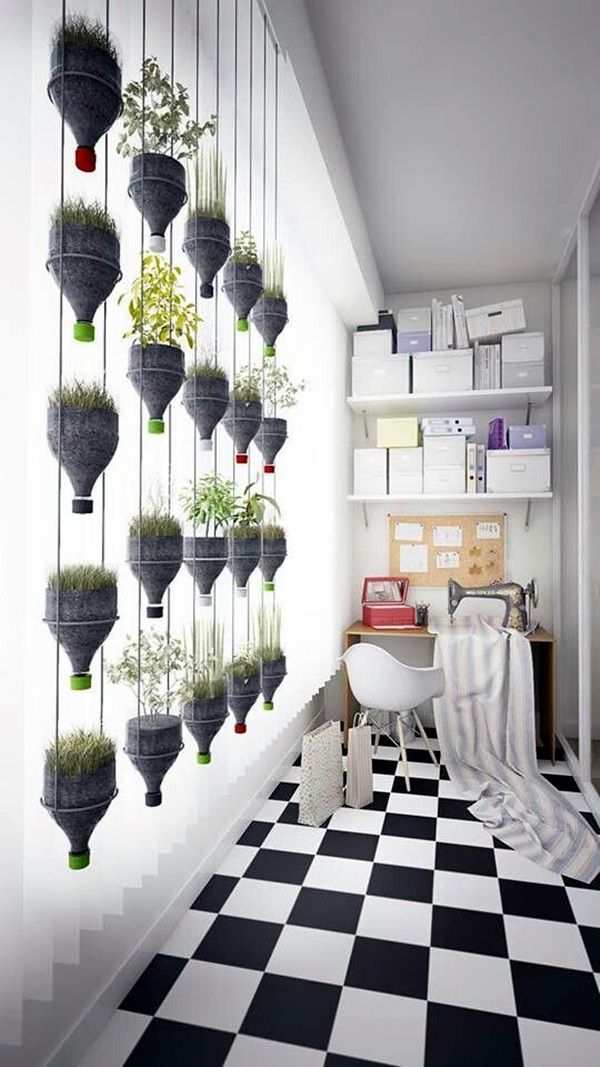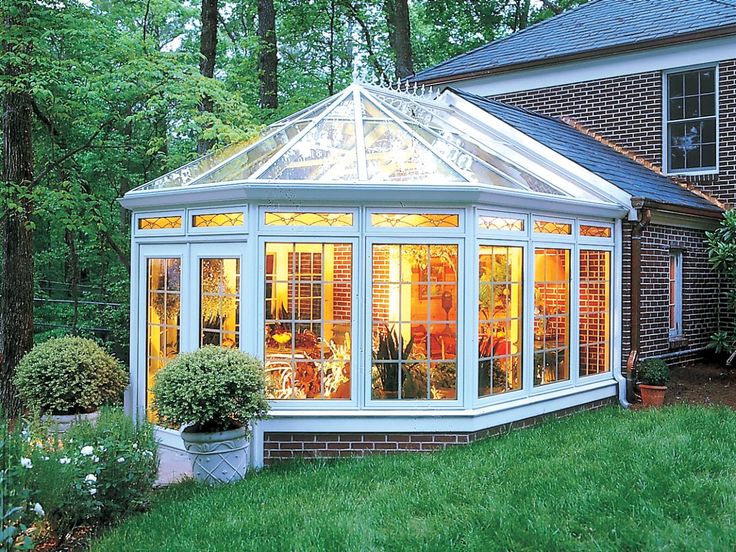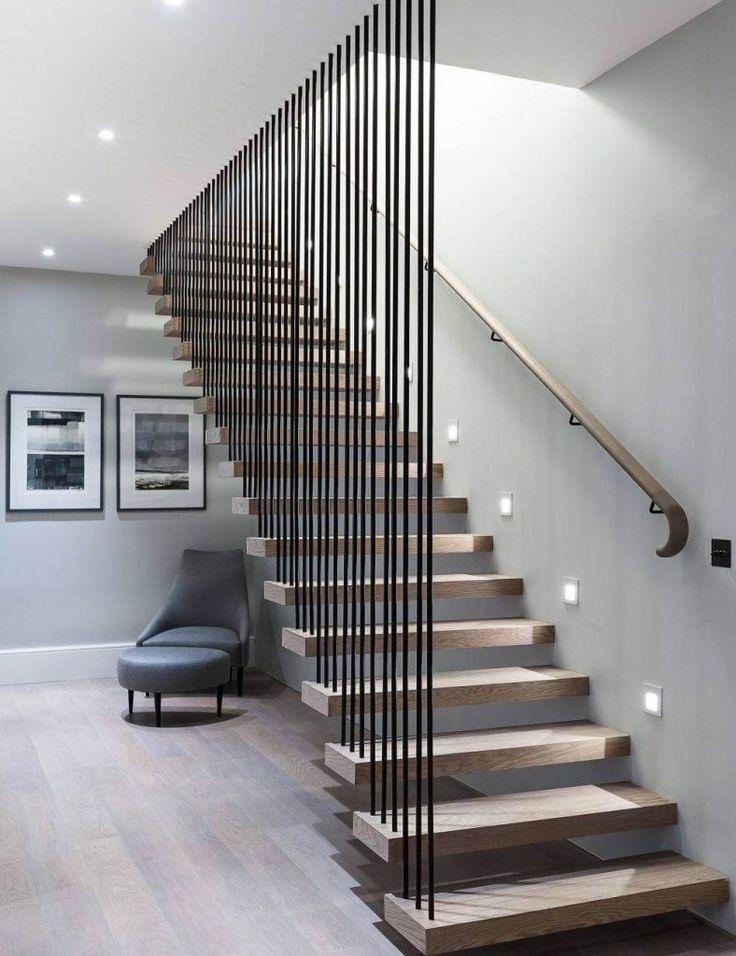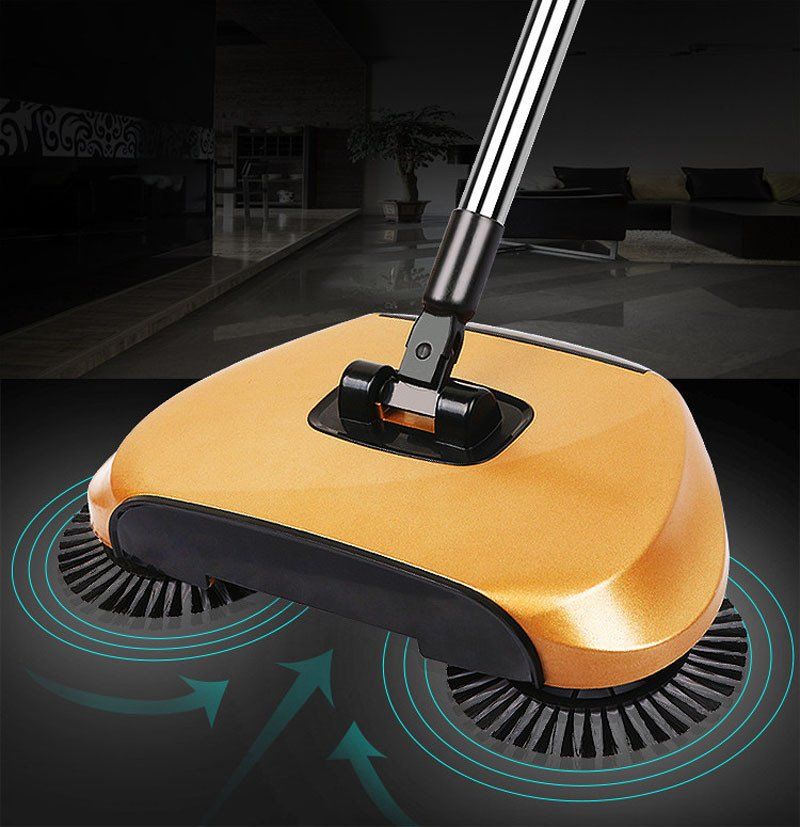Vintage interior decorating
Vintage Interior Design: Discover Your Ideal Era
When it comes to designing a new home, the possibilities can seem overwhelming. The art of interior design stretches throughout history, and there are endless aesthetic themes to choose from. We’ve created a detailed guide to several major vintage design eras, so you can build your interior around one of these famously stylish periods. Use our expert tips to choose the right color palette, furniture, and wall art, and you’ll be transported to your favorite moment in time.
Navigate to a specific section based on your interests:
Vintage Interior Design: A Summary
Victorian
Art Nouveau
Art Deco
Mid-Century
Contemporary
Vintage Home Interiors
Vintage Interior Design: A Summary
While we cannot possibly summarize the entire history of design in one article, there are certain periods that were particularly influential. 2022 is bringing back a whole host of vintage design trends, so we’ve decided to focus on the top trending eras for the upcoming year. Vintage décor is all about taking color palettes, furniture, and composition from the past, and making it fit your modern lifestyle. You can also pick and choose décor from different periods of time, that’s part of the beauty of having access to so many different styles! Plus, vintage décor allows for an organized hodge-podge and wide array of details.
Retro Interior Design
While vintage décor encompasses the past as a whole, retro design typically refers to the more recent past. Interior design shifted from embracing excess to careful selection of items. We’re going to take you through the more elaborate eras, and then move on to more recent retro ideas. From Mid-century modern to the groovy 1970s, tons of retro periods are making a massive comeback this year.
Discover interior vintage design ideas >>
Victorian
The Victorian era technically covered all of Queen Victoria’s reign, but the classic “Victorian style” usually refers to the late Victorian period, in the late 1800s.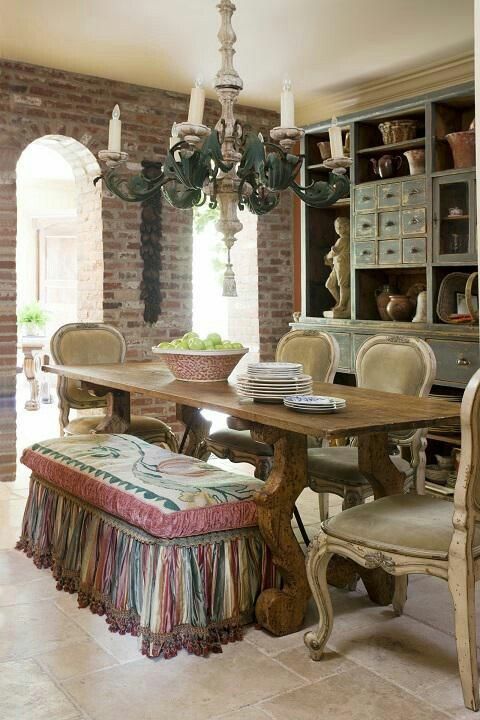 Just before the turn of the century, architects are designers were fascinated with ornate details and gothic décor. Vintage home interiors in the Victorian style were opulent and moody, with a focus on dark woods and elaborate furniture. If you consider yourself a lover of antiques who believes “more is more,” turn your home into a Victorian-inspired retreat!
Just before the turn of the century, architects are designers were fascinated with ornate details and gothic décor. Vintage home interiors in the Victorian style were opulent and moody, with a focus on dark woods and elaborate furniture. If you consider yourself a lover of antiques who believes “more is more,” turn your home into a Victorian-inspired retreat!
Shop our gothic art collection >>
Art Nouveau
There was a continued love for organic shapes and curvature during the turn of the century, but with a slightly more surrealistic style. While Victorian design was dripping with luxury, the Art Nouveau period was more artistic and ethereal. In addition to a prominent use of earthy colors like olive and sage, Art Nouveau pioneered the rise of vibrant, warm tones like peach and gold. Imagine whimsical flowers trellising up your walls, and curved, velvet furniture filling every corner. If this fluid, floral-inspired style speaks to you – go with Art Nouveau!
Shop our floral and botanical collection >>
Art Deco
Art Deco saw similar gold tones and velvet fabrics rise to prominence, but the shapes became much more rigid and geometric.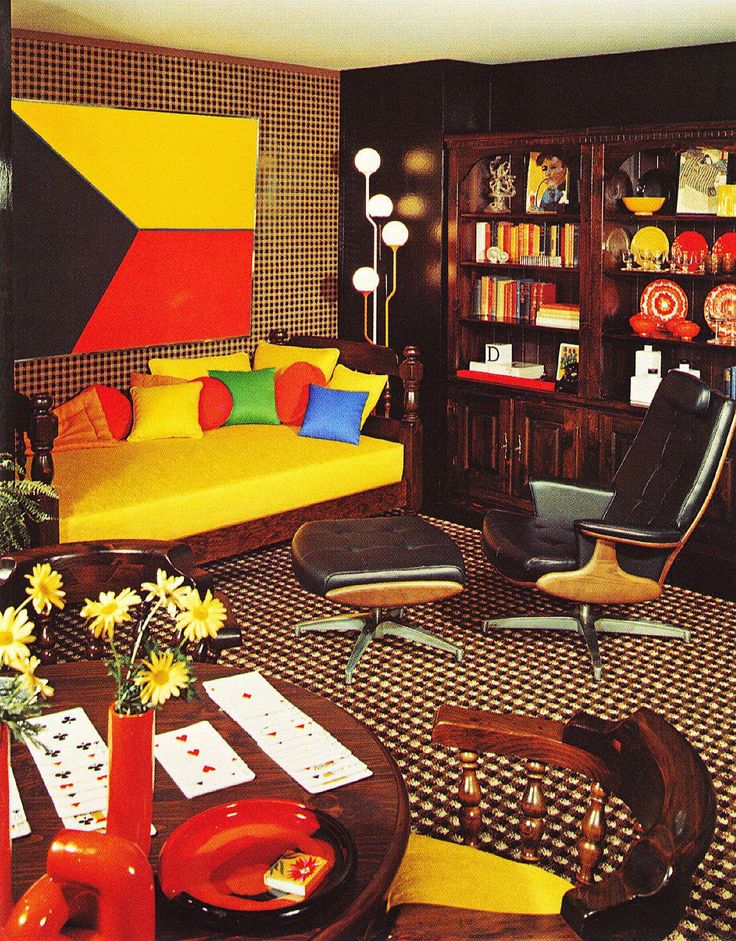 The warm colors of the Art Nouveau period shifted to a love for royal hues like navy, eggplant, and jade. The Art Deco period was all about playing with lines and patterns. The jazz age incorporated luxurious elements like floor to ceiling curtains and rectangular chandeliers. We’re living in the “20s” all over again, so there’s no better time to redecorate your home in an Art Deco style.
The warm colors of the Art Nouveau period shifted to a love for royal hues like navy, eggplant, and jade. The Art Deco period was all about playing with lines and patterns. The jazz age incorporated luxurious elements like floor to ceiling curtains and rectangular chandeliers. We’re living in the “20s” all over again, so there’s no better time to redecorate your home in an Art Deco style.
Shop our geometric art collection >>
Mid-Century
Fun, funky, but surprisingly minimalist – it’s the ever-popular Mid-century style. The Mid-century period took the low, simplistic furniture from the Art Deco period and gave it a modern twist. Incorporating both organic curvature and cubic shapes, the defining characteristic of a Mid-century interior is its effortless ease. Bridging the gap between aesthetics and functionality, Mid-century design reimagined the future with its slightly space-age feel. If you’re a self-proclaimed minimalist who doesn’t take yourself too seriously, go with this fun, retro interior design trend! It's also an ideal way to blend the past and the present, making it a perfect vintage/modern living room idea.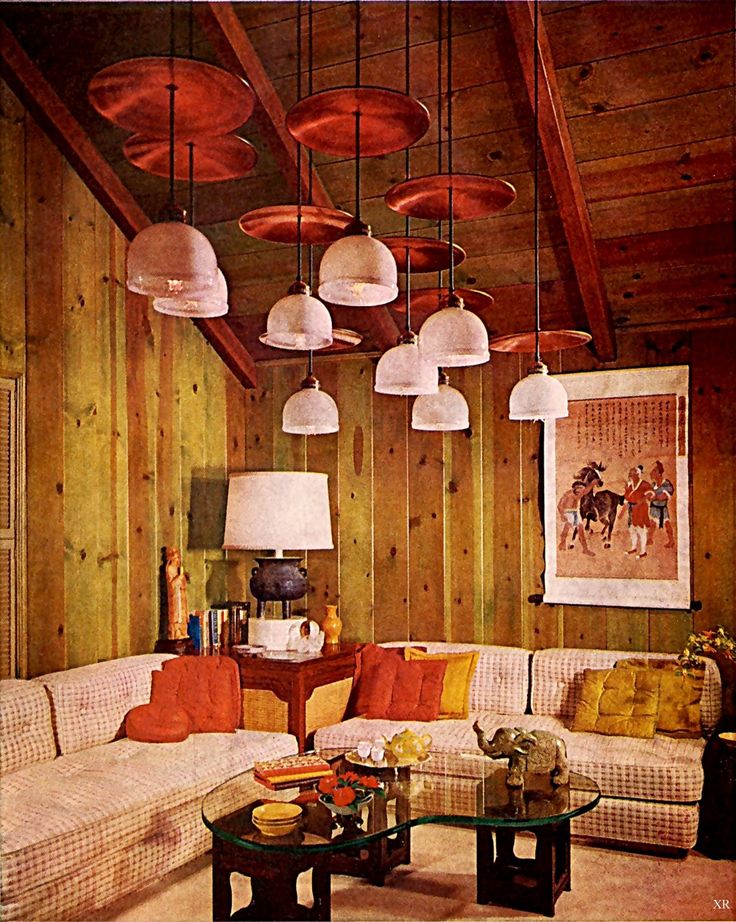
Shop our minimalist collection >>
Contemporary
Last but not least, we have the contemporary period. This style of design began in the 1980s and continues into the 21st century. It’s all about clean lines, neutral colors, and giving your home a museum-like quality. Embrace white and grey with pops of black. To modernize the contemporary style of the 80s and 90s, use matte metals rather than finishes that shine. Look for simple, abstract art that enhances rather than distracts from the rest of your interior. Furnish your home with only the necessities and avoid clutter at all costs. A contemporary interior is meant for the mature homeowner with a love for sleek luxury. (You can also add a subtle touch of the past for a vintage-meets-modern living room idea!)
Shop our modern art collection >>
Vintage Home Interiors & Beyond
History has brought us some stunning periods of interior design. The beauty of living today is that you have the freedom to choose the look that best suits your personality! From the 1880s, to the 1960s, and beyond, turn your space into a stylish time capsule.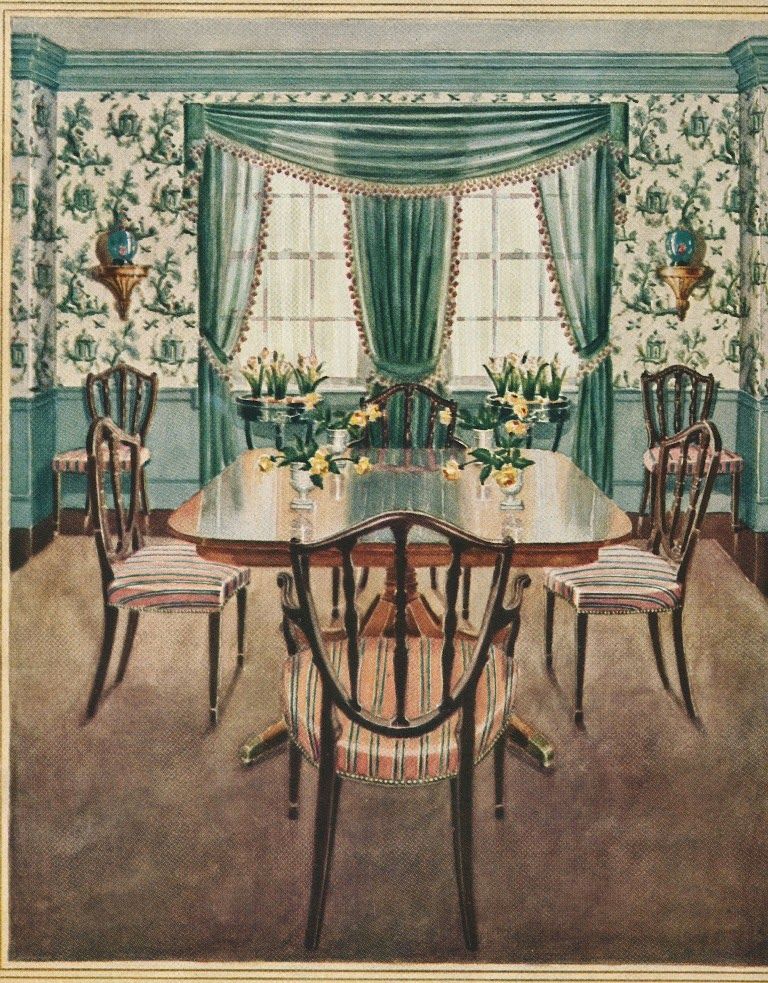 Whether you are a minimalist or a maximalist, there was a vintage era that catered to your unique taste. What are you waiting for? Jump in that time machine and start decorating!
Whether you are a minimalist or a maximalist, there was a vintage era that catered to your unique taste. What are you waiting for? Jump in that time machine and start decorating!
Shop our classic art collection >>
10 ways to add character to your home |
(Image credit: Future / Brent Darby)
Decorating with vintage is a wonderful way to give your home character and unique style.
Steeped in history, vintage pieces have stories to tell and bring a personal touch to interior design, whether it's a cherished heirloom passed down through the generations or a lucky find picked up at a yard sale.
'Not only are these pieces often finely crafted to stand the test of time, they bring much needed character and charm to what otherwise might be a more contemporary home,' explains interior designer Emma Sims Hilditch.
Here we've rounded up a selection of inspiring ways for integrating antiques and vintage finds into your home alongside some expert advice from interior experts.
Decorating with vintage
There are many approaches to decorating with vintage, but many of the interiors experts agree that when it comes to choosing vintage pieces you should buy what you love rather than what you think might be valuable.
'The first steps for anyone beginning the journey of decorating with vintage should start with what a person likes, rather than focussing on the value. It’s about finding pieces that speak to you on a personal level. It’s not necessary to spend a fortune from the outset,' says interior designer Henriette von Stockhausen.
'Decorating with antiques really adds a sense of charm and history to a room. Go for what you love, rather than what you think might be valuable or on trend,' adds Louise Roe, founder of nostalgic homeware brand Sharland England.
Mix old with new
(Image credit: Kelly Wearstler)
For interior designer Kelly Weastler the key to decorating with vintage is to mix pieces from different eras.
'I am a firm believer that in every era there is incredible design and I pull from lots of different periods – I love mixing deco, Bauhaus, mid-century modern decor; sticking to one era can be a bit one note. If you buy all your furniture new it’s going to start to look dated quickly, but if you take the time to curate and shop in a variety of places, you end up with a much more timeless room.
'I start sourcing furniture early on in projects, and taking time to find the right pieces makes all the difference. I’m always looking for a balance between vintage and contemporary. If I buy a new sofa maybe I’ll look for a vintage coffee table, so they offset one another,' adds Kelly Weastler .
Combine different styles
(Image credit: Paul Massey)
When decorating with vintage pieces don't feel like all your need to match says Henriette von Stockhausen, instead follow your heart. 'The truth is that often the more contrived and forced an interior is, the less successful it is,' she says.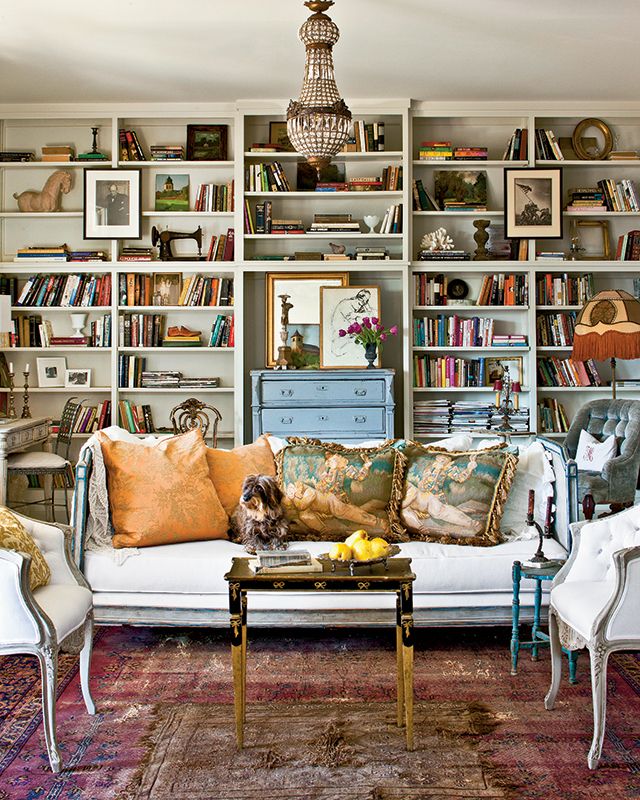
'Some people will stumble over the need to focus on one period or genre which perhaps reflect the time in which the house was built. This can be important for those who are trying to restore a room or house to the original design. But my approach with clients is to encourage them to mix pieces from different countries, styles and periods, if they are comfortable doing so.'
Invest in quality pieces
(Image credit: Brent Darby)
For many interior designers the appeal of choosing vintage furniture over modern is its longevity.
'The materials used were generally high quality – hardwoods and unusual woods that people don't use now or silks or embroideries. For quality, design and durability, antiques compare very favorably to modern furniture,' explains interior designer Susan Deliss .
To ensure you're buying a quality piece and not a reproduction, 'check the authenticity of the antiques you purchase – there should be labels, hallmarks or details of the maker’s location and often a certificate of authenticity,' says Clara Ewart, head of design at Kitesgrove .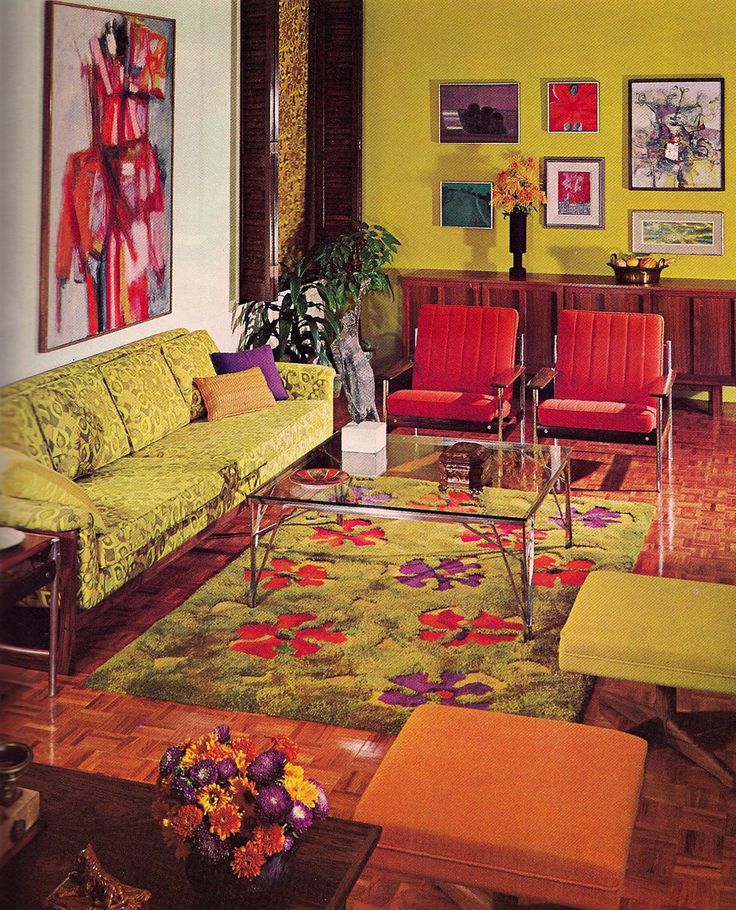
Embrace vintage textiles
(Image credit: Chloe Jonason)
Whether introduced through cushions, lampshades or bedspreads, vintage textiles are a brilliant way to inject room color, pattern and softness into an interior – you could even hang a fabric panel as a piece of wall decor.
Made by hand with exquisite craftsmanship, there are beautiful vintage fabrics available from all over the world which showcase an array of different techniques, from Indian Kantha quilts and Japaneze Shibori to embroidered Suzani panels from Central Asia.
'I just love that vintage textiles are one-of-a-kind, I’m drawn to the colors and patterns that tell the tales of time,' says Chloe Jonason who creates beautifully handcrafted homewares alongside providing a bespoke curtain, blinds, upholstery and design service. 'They have a certain faded elegance which makes them easy to mix and match as the muted colors all work really well together.'
Choose antique lighting
(Image credit: Brent Darby)
With many beautifully decorative designs available, antique and vintage lighting is becoming increasingly popular among homeowners wanting to make a decorative statement.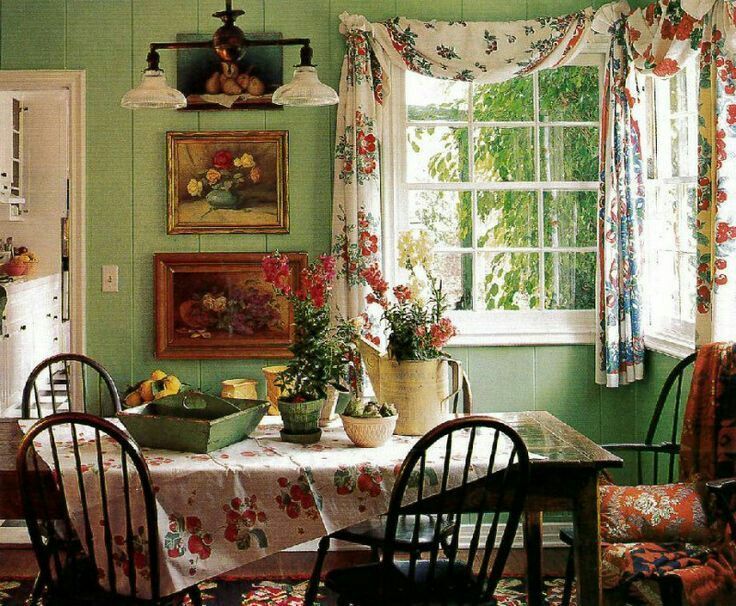
'It is about a lighting feature that has the same impact when it is off as it does when illuminated, decadent and glamorous, function and form, it needs to light a space, but also ignite the imagination,' says Lucy Tonge, owner of decorative antiques and lighting dealer LCT Home .
'We’ve seen quite a surge in demand for antique and vintage wall sconces in the past few months, there has always been a strong desire among many of our style conscious clients to secure that key piece of vintage designer lighting, and the focus used to lean more toward ceiling lights, be they flush mounts or chandeliers.
'However, the recent trends have very much been focused toward securing that unique piece of lighting for the wall, whether it is a pair of beautiful naturally inspired flora and fauna sconces, or a spectacular statement light, the appetite among our clients for wall lighting that is decorative as well as functional is stronger than ever, particularly from the 1960s–80s.'
Up-cycle vintage pieces
(Image credit: Kitesgrove)
Whether it's recovering mid-century armchair, giving a lick of paint to an old sideboard, or framing a new artwork with an old gilt frame, giving vintage finds a new lease of life is a great way to create unique pieces for your home, plus it helps reduce waste, too.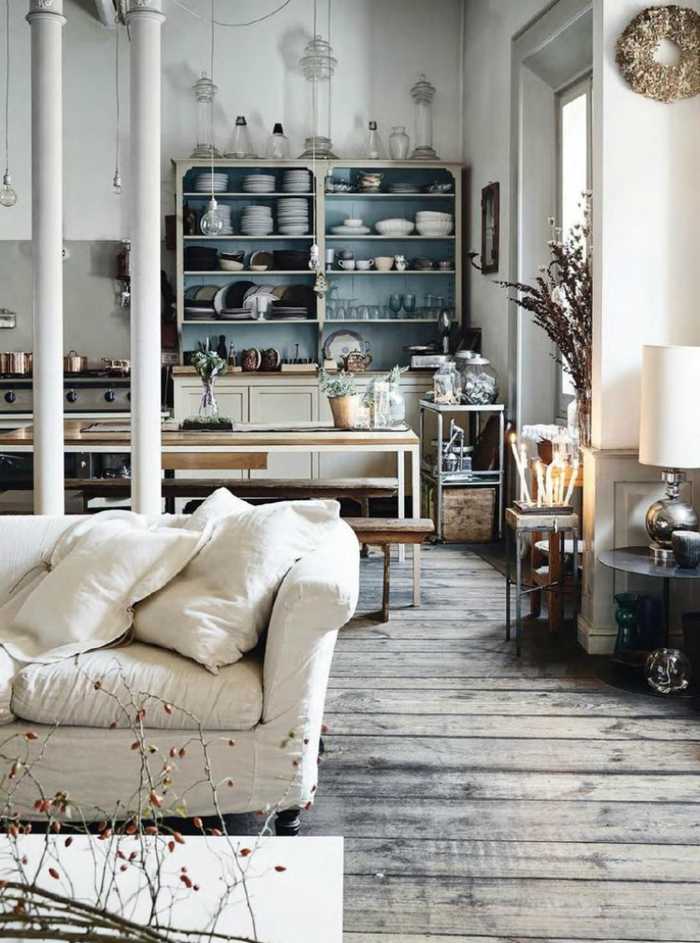 Pieces such as these would work perfectly in design styles such as the Retro Revival look.
Pieces such as these would work perfectly in design styles such as the Retro Revival look.
'There are many places to find wonderful antiques and you don’t need to have a big budget to find pieces which can be restored, re-upholstered and renewed whether you choose to go to a decorative fair or an auction house,' says Clara Ewart, Head of Design at Kitesgrove.
'Re-purposing one-off pieces of furniture or lighting will also provide a great sense of satisfaction to be continuing the life of an item which may otherwise have been discarded.'
Play with texture
(Image credit: Julia Dempster)
Boasting beautiful time-worn patinas, vintage vessels, books and artefacts make beautiful pieces for decorating shelves. 'I prefer to use contrasting textures but with a minimal color palette when I decorate with vintage pieces. I limit the colors to a maximum of three,' explains interior designer Julia Dempster .
When styling a shelf, 'do not have all the items on a longer shelf the same height.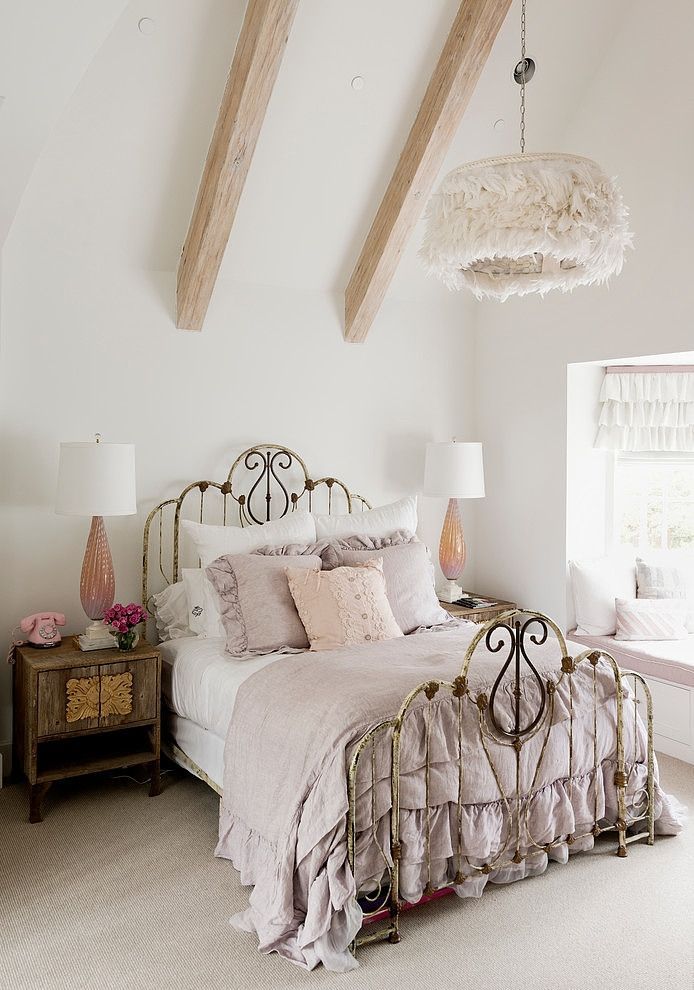 Not only should you contrast materials, you should mix up the heights, too,' she adds.
Not only should you contrast materials, you should mix up the heights, too,' she adds.
Integrate vintage pieces into the kitchen
(Image credit: Brent Darby)
If you're looking to create a vintage kitchen, adding in freestanding pieces of furniture such as dressers, sideboards or buffet tables, will instantly add personality and create a more relaxed feel.
'It is definitely worth spending time sourcing vintage pieces to break up a room, they can really make a difference to the finished look and always add personality and character, says Helen Parker, creative director at Devol .
While fitted kitchen cabinets are great for maximizing storage ideas, freestanding vintage pieces boast beautiful aged patinas, which, when used in combination with cabinetry, can help break up the uniformity of the space. Freestanding kitchens can also be easily reconfigured if you're looking to change the kitchen layout, plus can be taken with you if you move house.
Take a cue from the architecture
(Image credit: Jenna Peffley)
When decorating with art or vintage wall décor, taking inspiration from the architecture of the room is a good place to start suggests Julia Dempster.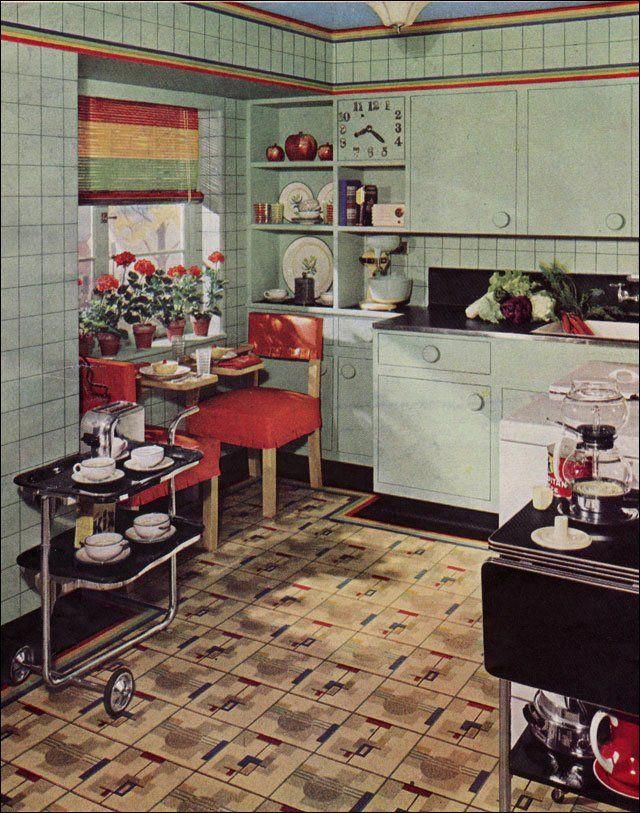
'In this living area I selected textural pieces such as a 3D Juju hat made of feathers from St. Frank and vintage tribal handwoven baskets from Fragments of Identity,' she says of this farmhouse-style Pacific Palisades home.
'The architectural features were curved, and I wanted the artwork emphasize the architectural elements, the three pieces were selected to reflect both the wall and the colors and textures within the sisal rug and the cushions on the sofa.'
Bring antiques into the bathroom
(Image credit: Future / Polly Eltes)
Bathroom ideas can run the risk of feeling cold and clinical, but introducing antiques and vintage finds is a great way to bring warmth, texture and personality. Why not mount modern sinks onto a Victorian washstand to create a unique and playful vanity unit.
Think creatively about how you can bring new purpose to old or unwanted items suggests Henriette von Stockhausen. 'There are so many ways to incorporate antiques with perhaps the only rule being not to be afraid to mix and experiment.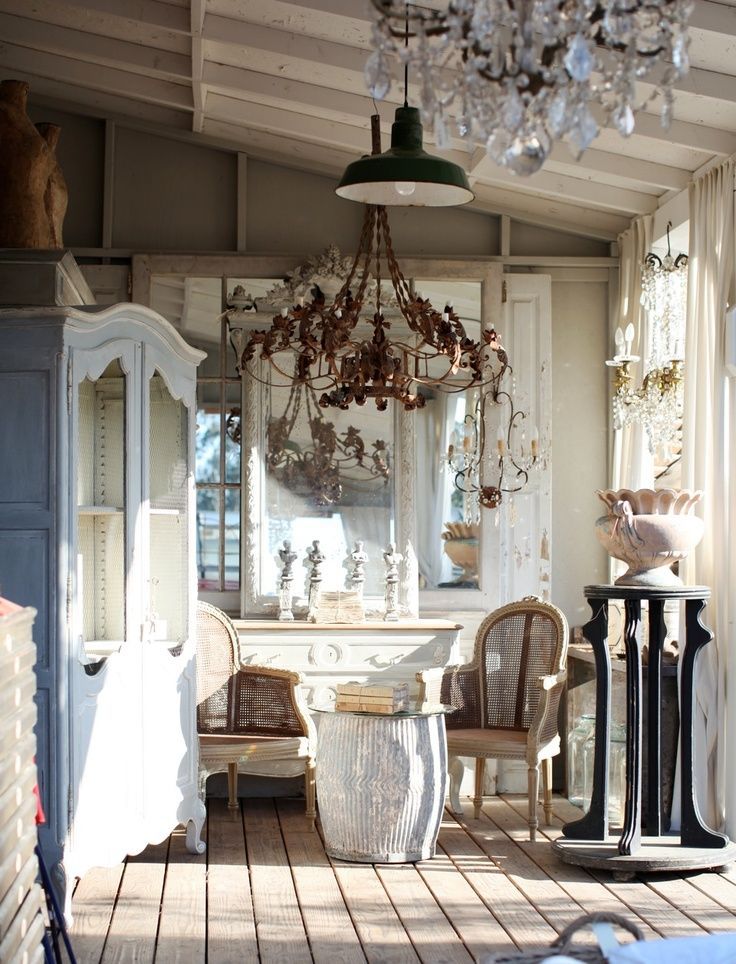 Old paravent screens can become cupboard doors, rugs can become headboards, urns can become lamps and tables can become kitchen islands! Creativity is key – let your imagination run wild and tell your own story!'
Old paravent screens can become cupboard doors, rugs can become headboards, urns can become lamps and tables can become kitchen islands! Creativity is key – let your imagination run wild and tell your own story!'
How do you mix modern and vintage decor?
'Always style vintage pieces with a mix of more contemporary items, as you don’t want to create a period film set in the living room,' explains Louise Roe. 'I love the warmth and comfort that wood and old textiles bring to interiors with their worn patina – try draping a vintage Suzani over the back of the sofa to add a focal point to the room.'
‘Vintage and collectable accessories will also add eternal quirk and give a space which might otherwise be on-trend but lifeless, a real sense of depth, personality and soul,' says Martin Waller, director at Andrew Martin.
'They will highlight the minimalist backdrop in which they sit, accentuating your fashionable and meticulously thought-out scheme, whilst adding something original from which the conversation starts.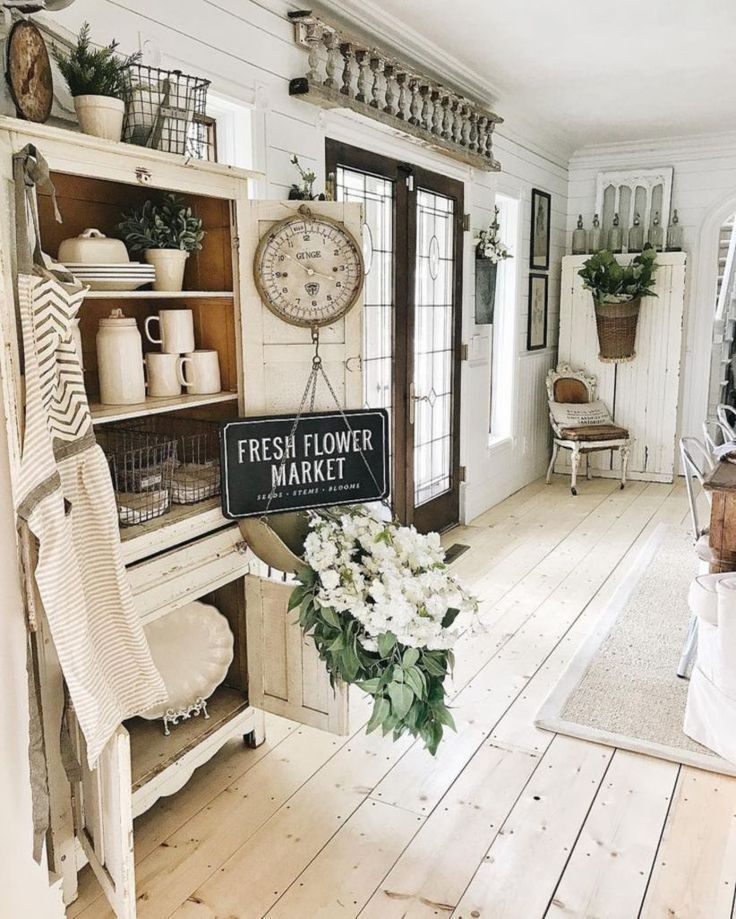 I mean that metaphorically and literally, there always has to be a surprise in a room to create visual excitement as well as something new to talk about with guests.’
I mean that metaphorically and literally, there always has to be a surprise in a room to create visual excitement as well as something new to talk about with guests.’
Pippa is Content Editor on Homes & Gardens online contributing to Period Living and Country Homes & Interiors print issues. A graduate of Art History and formerly Style Editor at Period Living, she is passionate about architecture, creating decorating content, interior styling and writing about craft and historic homes. She enjoys searching out beautiful images and the latest trends to share with the Homes & Gardens audience. A keen gardener, when she’s not writing you’ll find her growing flowers on her village allotment for styling projects.
Interior decoration in vintage style - INMYROOM
Vintage style - just conveys the history, the spirit of the past in the best possible way. It fills the house with comfort, warmth, harmony even in small things. No wonder vintage has a lot of fans. And designers from all over the world, being inspired, annually add new solutions to this style.
And designers from all over the world, being inspired, annually add new solutions to this style.
The history of the origin of the style
The French call expensive, cellar-aged wine the word “vintage”. Vintage style characterizes rare, vintage items and accessories 19-20th century. This is a kind of stylization for samples of bygone times.
The history of the appearance of the direction is quite funny. It is known that a young architect from the USA, Patrick Willis, was preparing for the exposition. His creation - a kind of house in the form of an ellipse was almost on the final line. Whether from a lack of funds, or from a desire to bring zest to his offspring, Mr. Willis ended up at a flea market. Many gizmos seemed to him unique and worthy of attention.
Willis came up with the idea to restore and clean the items. He decorated his object with them. The project was accepted with a bang. Critics noted the novelty of the idea and the ambition of the young American.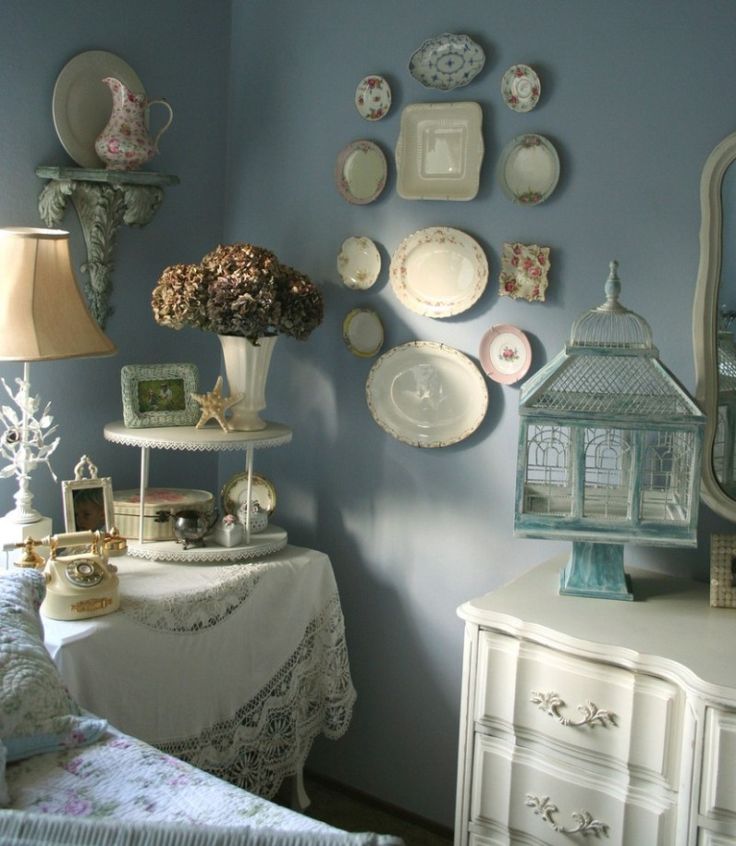 This was the start of mass interior design in vintage style.
This was the start of mass interior design in vintage style.
Studio Rodellee Bas
Main Line
The concept of vintage style is the placement of furniture, interior details, accessories that are out of fashion in the house. Designers make, specially age and make scuffs on things. Here varnishes, applications, paints, sponges, grinding materials are used. nine0004
Vintage and antiques are different. In the first case, this is restored furniture, and in the second, very expensive, antique items older than the 19th century. There is one more addition to explaining the idea of vintage style: all these things were previously used and stood in the same style ensemble.
Further, after a period, the interior changed, and things took up space on the attic floor, in the basement, in the storage room. In a vintage interior, only one thing can fit. It is combined with modern wardrobes, chests of drawers, tables. nine0003
Decorating rooms in a vintage style depending on the purpose
- Bedroom
A vintage bedroom suggests decorating the room with furniture that imitates antiques.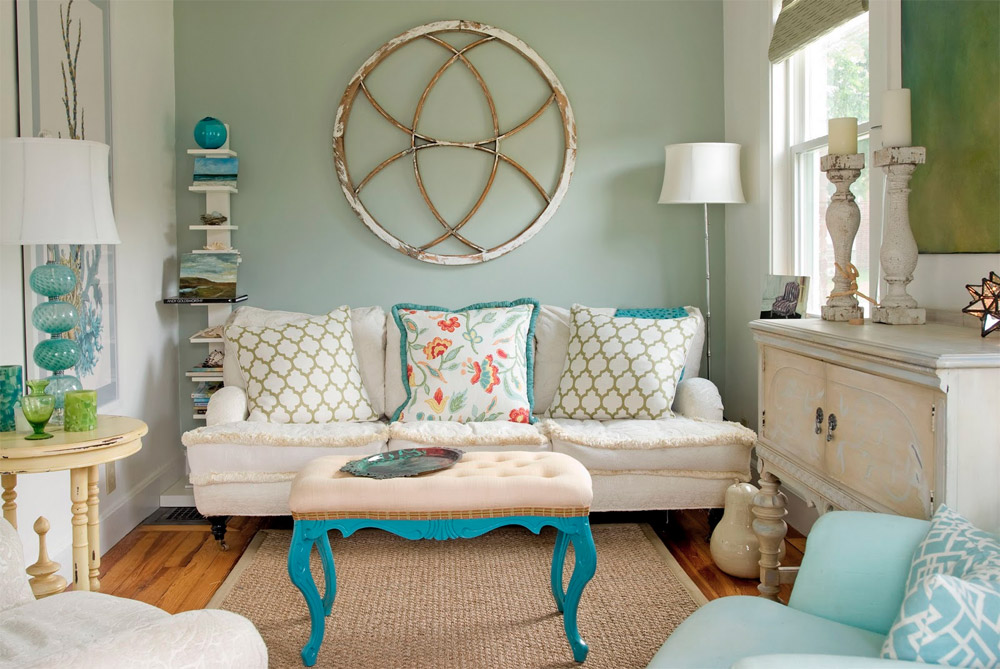 Looks good bed with a canopy and carvings on the legs. A boudoir table and chair, a chest of drawers in the color of wood or a shabby white shade will complement the interior. A mirror in an unusual frame, a floor lamp with a lampshade and an armchair, velvet curtains, crystal chandeliers, bedside tables, caskets and vases will fit in perfectly. nine0004
Looks good bed with a canopy and carvings on the legs. A boudoir table and chair, a chest of drawers in the color of wood or a shabby white shade will complement the interior. A mirror in an unusual frame, a floor lamp with a lampshade and an armchair, velvet curtains, crystal chandeliers, bedside tables, caskets and vases will fit in perfectly. nine0004
- Living room
A vintage style living room decorated with decor from a certain period of the last century. When planning, you should immediately decide which period will be involved. These unique items will form the basis of the living room. For example, a rare sofa. You can complement the whole picture with modern things and attributes. Upholstered chairs, armchairs, photographs, paintings, textiles will create a chic environment.
- Entrance hall
Vintage corridor will decorate any apartment. Today, the market is full of furniture, and choosing the right one is not difficult. A small chest of drawers or a nightstand, worn around the edges, an elegant pouf will decorate the hall. Instead of a built-in wardrobe, you can install a hanger with forging elements. Vintage decor is a chest with cracks and a mirror framed in a wooden frame, adding color. nine0004
A small chest of drawers or a nightstand, worn around the edges, an elegant pouf will decorate the hall. Instead of a built-in wardrobe, you can install a hanger with forging elements. Vintage decor is a chest with cracks and a mirror framed in a wooden frame, adding color. nine0004
- Bathroom
A vintage bathroom is always a delight. The bath itself becomes the main subject. Most often it is of a classical form, light, with smooth lines and smooth edges. The legs are slightly "aged". The main placement is in the center of the room. For lovers of vintage style, a small area is not a stumbling block here. The walls and tiles in such a bathroom are decorated with scuffs. Faucets and shower fixtures in copper color. Washbasin and mirror - in wooden frames. On the walls you can hang the same shelves. It will turn out a beautiful interior, as if from a movie. nine0004
- Kitchen
The principle of choosing furniture for a vintage kitchen is as follows: a set with patina of wood, complemented by carvings and new components.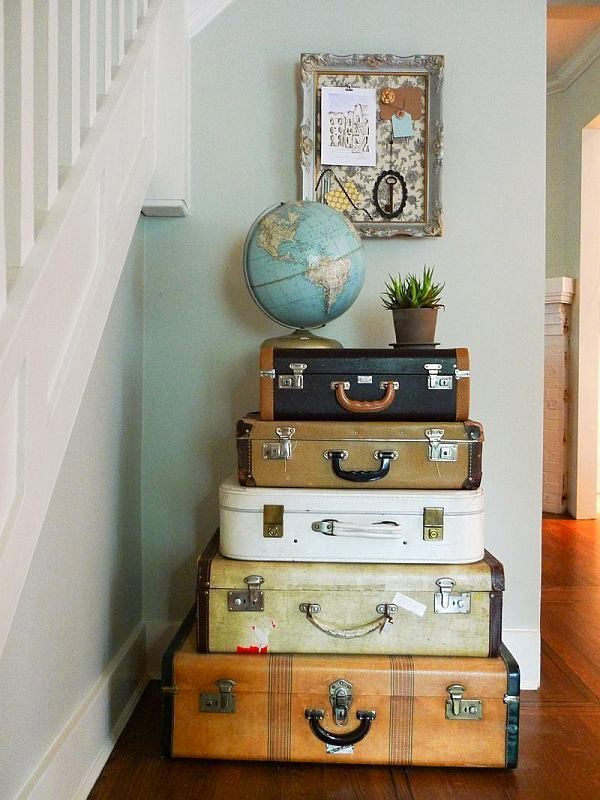 Along the walls are placed kitchen utensils and items that were in use in previous years. Here, comfort is in the air and calm, homely atmosphere reigns. Tile and wood floors can be dark colors, and all other vintage-style decor can be light: milky, peach, pale green and pale blue. nine0004
Along the walls are placed kitchen utensils and items that were in use in previous years. Here, comfort is in the air and calm, homely atmosphere reigns. Tile and wood floors can be dark colors, and all other vintage-style decor can be light: milky, peach, pale green and pale blue. nine0004
Kitchen in Portland (USA)
Color palette when decorating
Vintage style in the interior suggests an abundance of floral prints intertwined with patterns, plants and trees, creating a special atmosphere for the home. Wallpaper and textiles with Chinese and Japanese patterns look good: birds, butterflies, plant branches. The color scheme is sustained in calm, muted tones. In addition to milky and beige shades, there are often pale gray, pale lilac, pale pink. Professionals recommend making a bright accent either on furniture or on the walls. Interior in vintage style - mostly white or light shades. nine0004
Apartment interior design in vintage style
Thanks to this direction, a vintage-style apartment can become a cozy nest.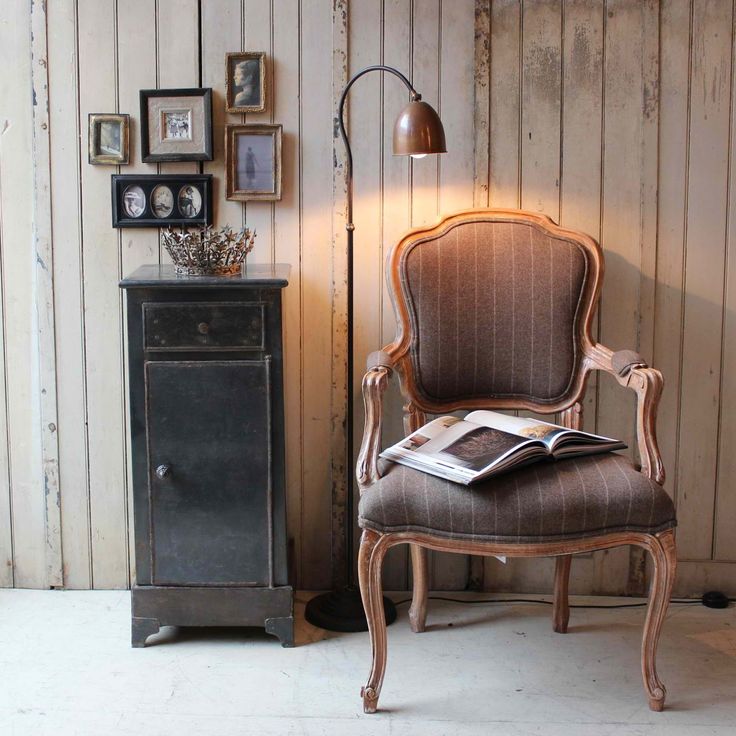
How to use vintage style:
- Nothing artificial. Vintage accepts the use of only natural materials;
- Vintage style in the interior is subject to certain colors and time frames;
- The direction is characterized by the presence of things made "under the rarity"; nine0003
- There is an abundance of accessories, items and original textiles;
- Simplicity and conciseness in details;
It is important that a vintage-style apartment does not look like a dump of forgotten things, so the main rule is not to overload.
Finishing materials and textiles
Vintage style decoration should be taken very carefully, especially the choice of materials for finishing the apartment. The main idea is a choice in favor of everything natural, natural. There are no artificial materials. Wood, natural and decorative stone, copper, bronze, ceramics will fit perfectly. nine0004
Parquet or tiles are suitable for finishing the floor. Carpet, linoleum, laminate with glossy highlights will be out of place. Vintage style does not imply the presence of stretch ceiling structures, heavy hanging elements. Vintage ceiling - these are small bumps, small cracks, the presence of patina and the absence of a perfectly flat surface and white color. In the design of the walls of the interior, you can use wallpapers with drawings of trees, birds, floral motifs, or simply paint them by adding brickwork. In both versions, decorators are strongly advised to skillfully combine colors that are close in hue. In the old style, it looks the best. nine0004
It is difficult to imagine the entire interior in vintage style without original textile bedspreads, blankets folded back on the chair, hand-embroidered napkins and capes, pillows, colored rugs. The same principle applies - naturalness. Floral prints are often used in textiles. This pattern should be combined with other elements. In detail - this is a bedspread and curtains, wallpaper and pillows, etc.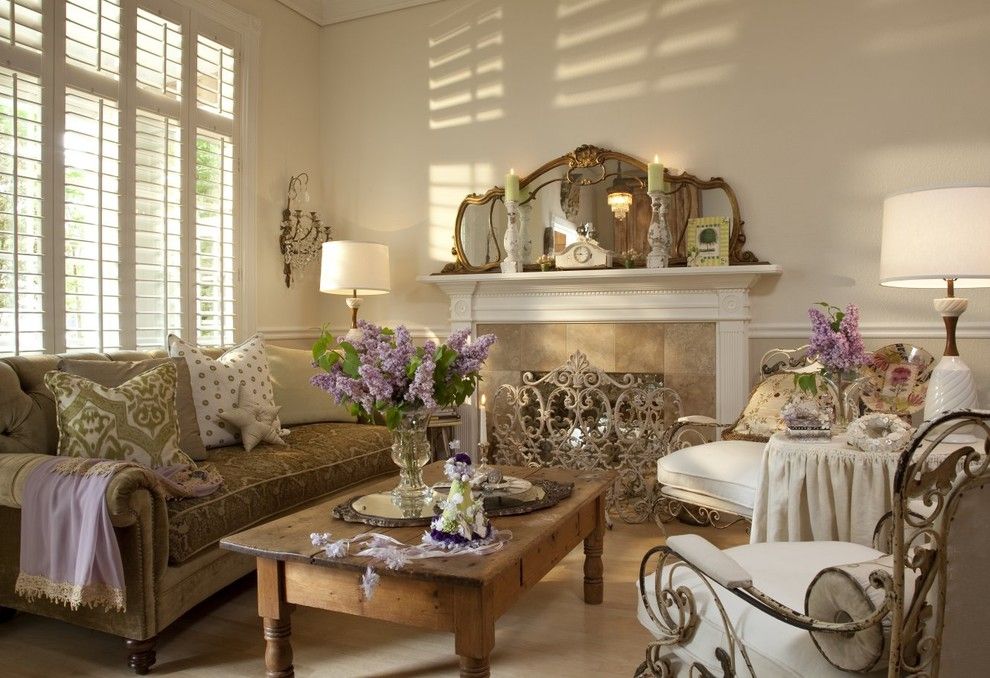 As fabrics, it is better to use cotton, linen, silk, satin, poplin, jacquard, wool. It is important not to oversaturate the vintage interior of the room with drawings. nine0004
As fabrics, it is better to use cotton, linen, silk, satin, poplin, jacquard, wool. It is important not to oversaturate the vintage interior of the room with drawings. nine0004
Design: TV presenter and designer Sarah Richardson
Vintage furniture: what makes it special
Antique pieces or skillfully decorated pieces are suitable for furniture. Scuffs, cracks, light dusting are necessarily present in the interior. All vintage decor elements must unanimously belong to the same time period.
Furniture should be beautiful and not fall apart, propping up the edge of the wall. Wooden doors, an antique chest of drawers, a chest, a secretary, a sideboard, a carved dressing table, a forged, massive wardrobe, a cupboard for dishes, a sideboard, a wardrobe with artificially worn legs, a rocking chair - all these attributes are good for a vintage interior. nine0004
The principle of symmetry is another feature. All items are arranged in pairs. The tables, with two upholstered chairs attached, are a vivid picture of the vintage style. The photo below clearly shows the features and details of vintage-style furniture.
The photo below clearly shows the features and details of vintage-style furniture.
Room lighting
Vintage interiors should be complemented with expensive chandeliers with crystal pendants, fabric lampshades, sconces, fringed floor lamps, bronze table candelabra, lamps. Modern ceiling lighting fixtures will not work. Strong contrasting light should be avoided. The vintage style in the interior goes well with soft, warm lighting that does not hurt the eyes. Such an environment will create peace, comfort and tranquility in the living room. nine0004
Design: TV presenter and designer Sarah Richardson
Decorative elements in vintage style
Decorative accessories and elements will complete the picture of the interior. Vintage style is, first of all, a harmonious match of furniture and attributes. The following items will fit perfectly into the vintage style interior:
-
vintage table or wall clock;
-
boxes;
-
porcelain or faience figurines; nine0004
-
pictures in wooden frames or panels;
-
service, crockery, tea/coffee utensils;
-
candlesticks;
-
flowers and plants;
-
decorative vases and wall plates;
-
hand-decorated baskets;
-
newspaper cases;
-
beautifully framed mirror;
-
planter
If you have imagination and desire, you can make accessories in vintage style with your own hands from improvised means. nine0004
nine0004
- Vintage box
Often used boxes and jars are thrown away as useless. However, they can find a worthy use, literally blinding a unique, rare little thing. Wrapped with decorative paper to match the interior, you can glue flowers and beads cut out of colored paper.
- Glass wall hanging panel
Glass flasks and jars can be used in interesting ways. Wooden elements in the form of a kind of shield are installed on the wall. Clamps are attached to it, into which glass jars are inserted. Instead of hooks for light clothing, vintage handles are screwed in. Jars replace miniature pots and small boxes in which you can store all sorts of little things. nine0004
- Openwork vase cover
All you need to do is knit or sew the cover and paint it to match the vintage interior. You should work out the upper edge, remove unnecessary threads and put on a vase. The retro-style cover is ready. The vase acquires the desired vintage motif.
- Vintage-style tea pair
Plain, store-bought tableware can become a collector's item in the house. You will need a ceramic or porcelain saucer with a white cup. With special paints for porcelain, you can apply a pattern in the idea of \u200b\u200ba flower with smooth, light lines. The absence of the gift of an artist is not a problem. Any creative fantasies and skills will do. nine0004
- Watering can for flowers
A metal watering can that has been collecting dust in the garden is covered with white paint. The floral pattern is transferred to the sides using the decoupage technique. Lilac or cornflowers look great on such a watering can. It is sealed with a clear lacquer. A vintage style watering can can be used for its intended purpose or as a vase for holding flowers and herbarium.
Today, many people are attracted by the vintage style, despite the wide variety of other trends in the interior design of both a large house and a small apartment. By choosing this style in decor, you can diversify the interior, using the unlimited imagination of the authors of the project. Retro style is not a set of old junk. This is, first of all, the ratio of colors, shapes, proportionality in the size of objects, harmonization of the room and an atmosphere filled with comfort, peace and fabulous mood. nine0004
Subject to the recommendations and general rules for arranging furniture and household items, choosing suitable finishing materials and colors, vintage style in the interior creates a feeling of lightness, elegance and joyful mood. This pleasant state is transmitted to people in such a room. Below are photos of interiors in vintage style.
Design: TV presenter and designer Sarah Richardson
Retro kitchen design
The video clearly shows the options for decorating an apartment in vintage style. nine0003
Vintage interior decoration? Follow
Architecture, Deco
Share 0Feedback Fermes about vintage interior design? Follow the instructions.
In recent years, vintage has overthrown the world of jewelry. With its colors and shapes, reminding us of memories or loved ones, it awakens in us the fibers of antiquity.
Indeed, fashion is not yesterday, and stylists know it! The old is in high demand, now more than ever thanks to modern fashion. But how to recognize a real work or part from a copy? Will this fad disappear like the others, or is vintage stronger than time? nine0004
Vintage furniture for many of us is a real Proust Madeleine. This one, in addition to originality, offers us materials of real quality. No plastic; at that time, wood, cast iron and aluminum prevailed!
In addition, this type of furniture is becoming rarer, which can lead to higher prices, but it is a great pleasure to purchase one or more items. The idea of becoming the proud owner of a rare, almost unique item makes it even more exciting! nine0004
Vintage, beware of scams!
Professionals know that vintage is at its peak and the number of copies is on the rise.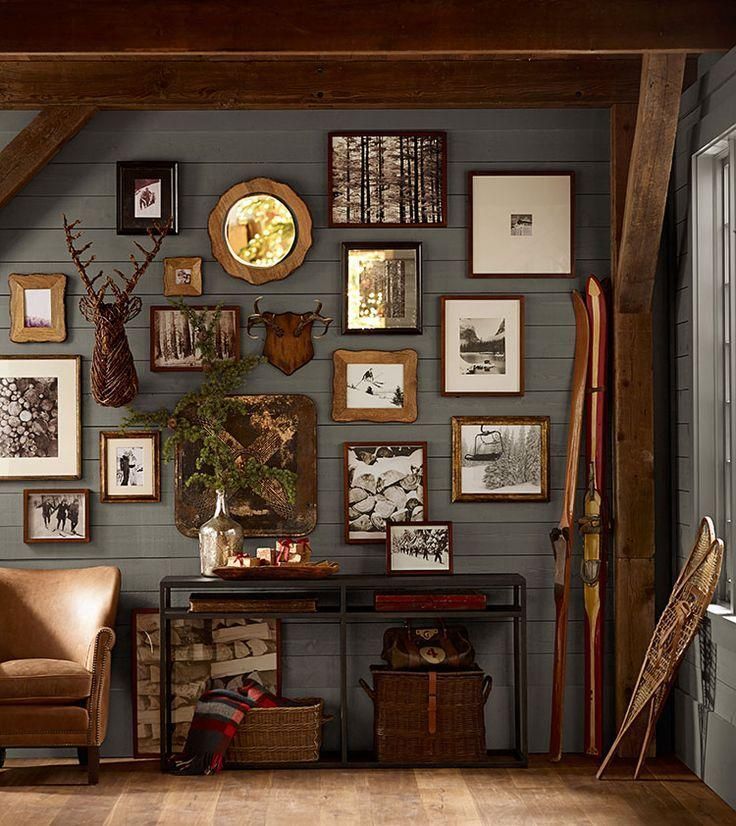
Unfortunately, we cannot control the world, but in return we can give you some tips and tricks to tell the good from the bad! To your hands!
You should be aware that often at this time works or works were signed by their creator. Some items even have traces of the expiration of time, scratches, stains... This obviously proves that the item is well preserved, but also that it is not a copy. The quality of the materials used is also important, originals are often made from nobler materials than copies. nine0004
Now that you have all the information you need to furnish your interior correctly without mistakes, let's move on to your decorating books! For more decoration inspiration, go to here
- 120.00(€
1 In stock
Add to quote Add to favourites Add to Wishlist Added to wishlist
- nine0270 120.00(€
1 In stock
Add to quote Add to favourites Add to Wishlist Added to wishlist
- 100.

Learn more

